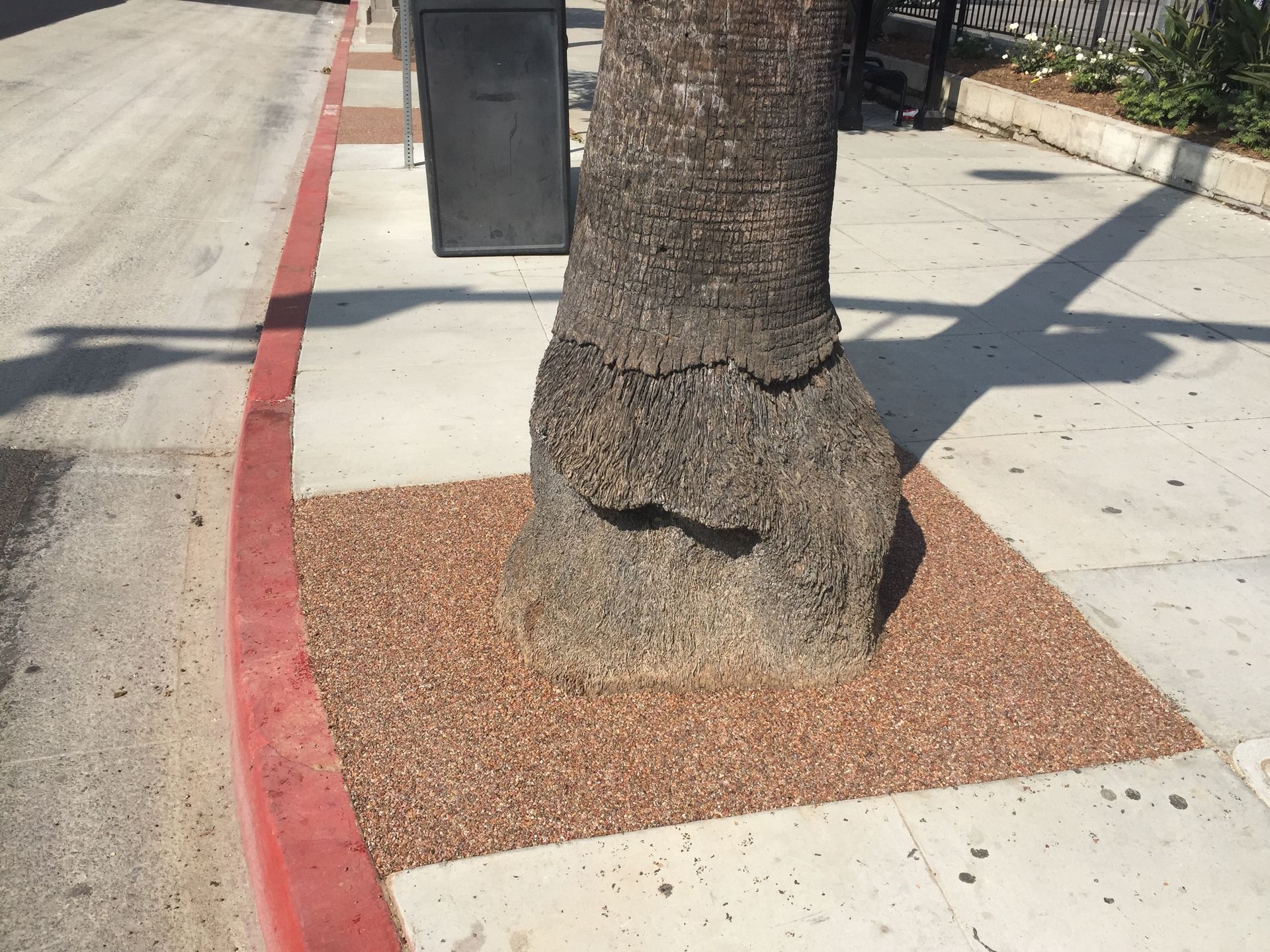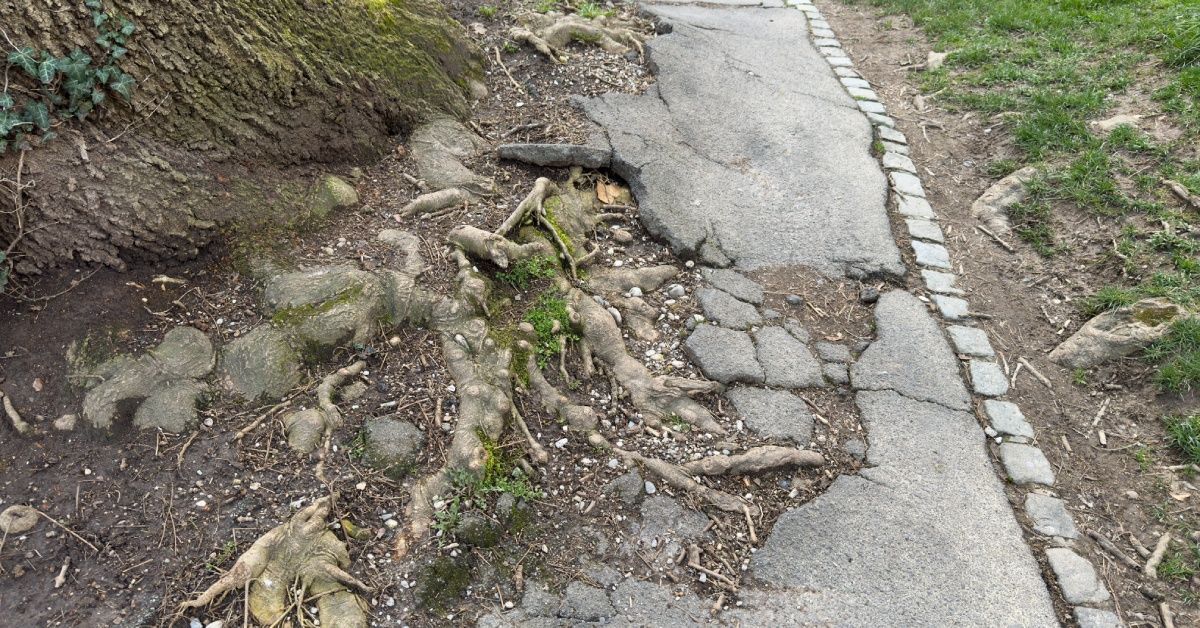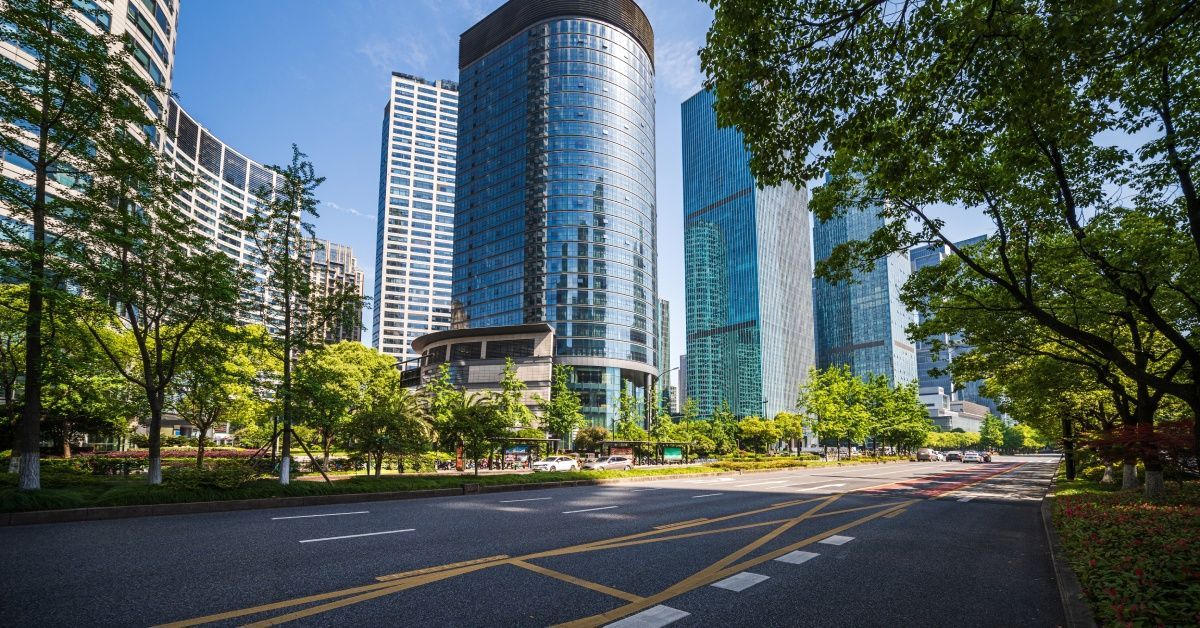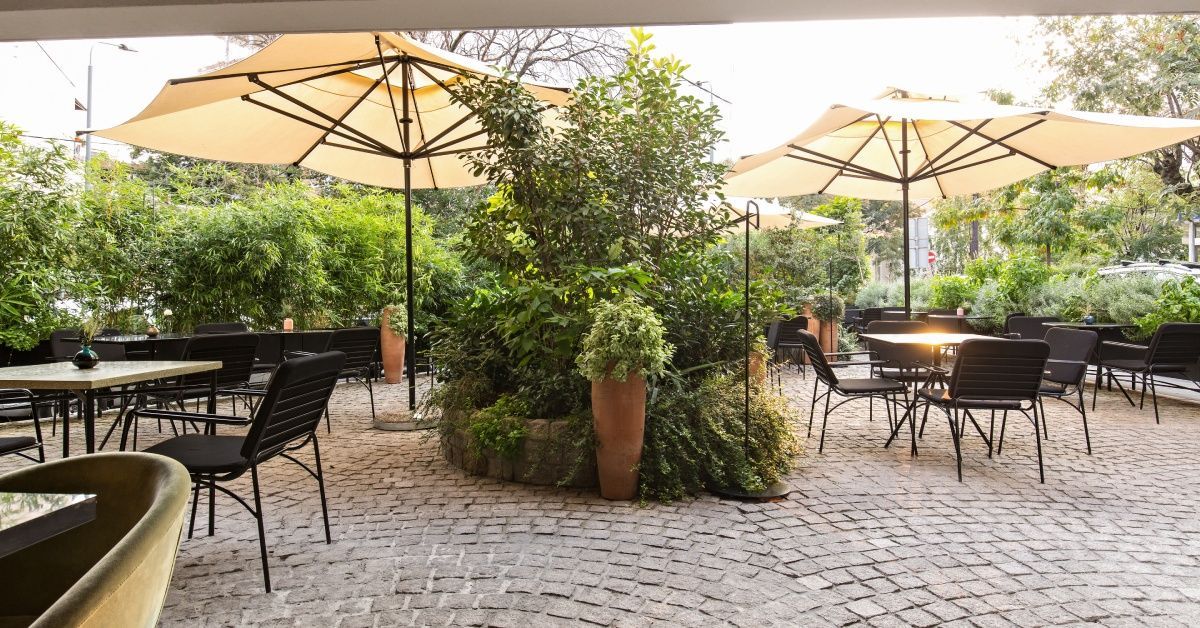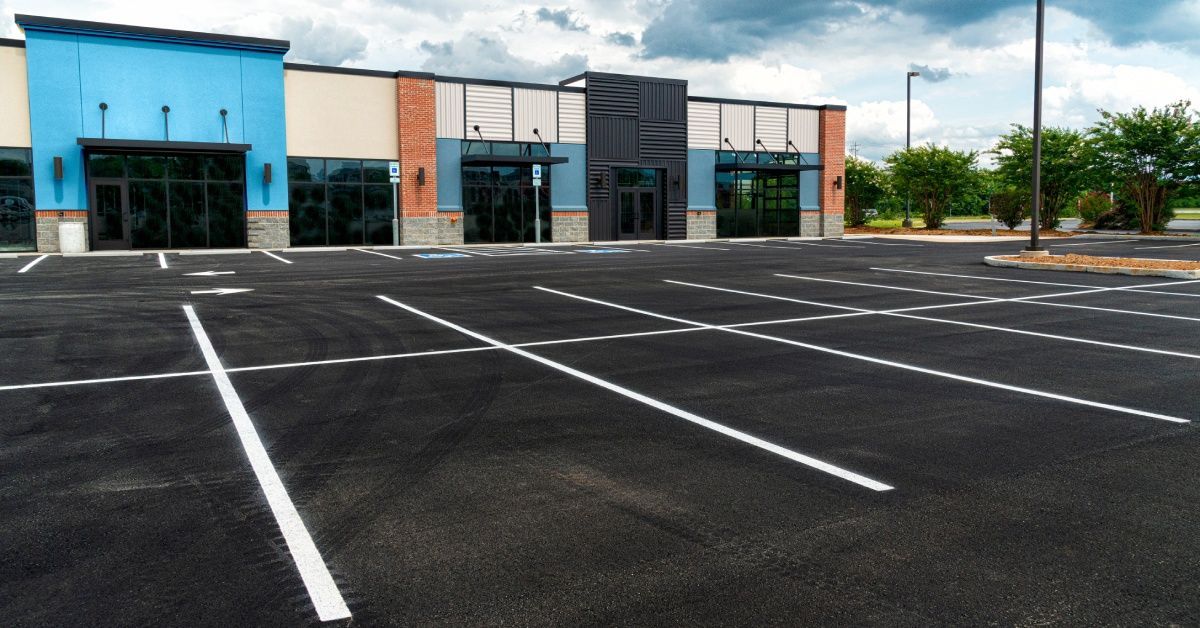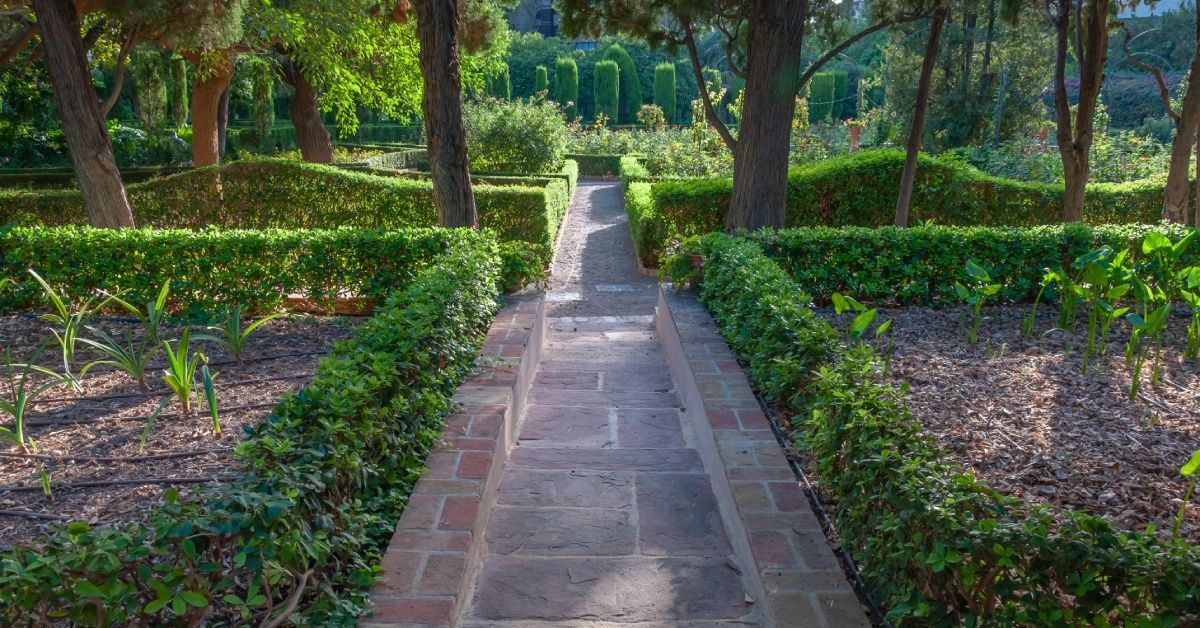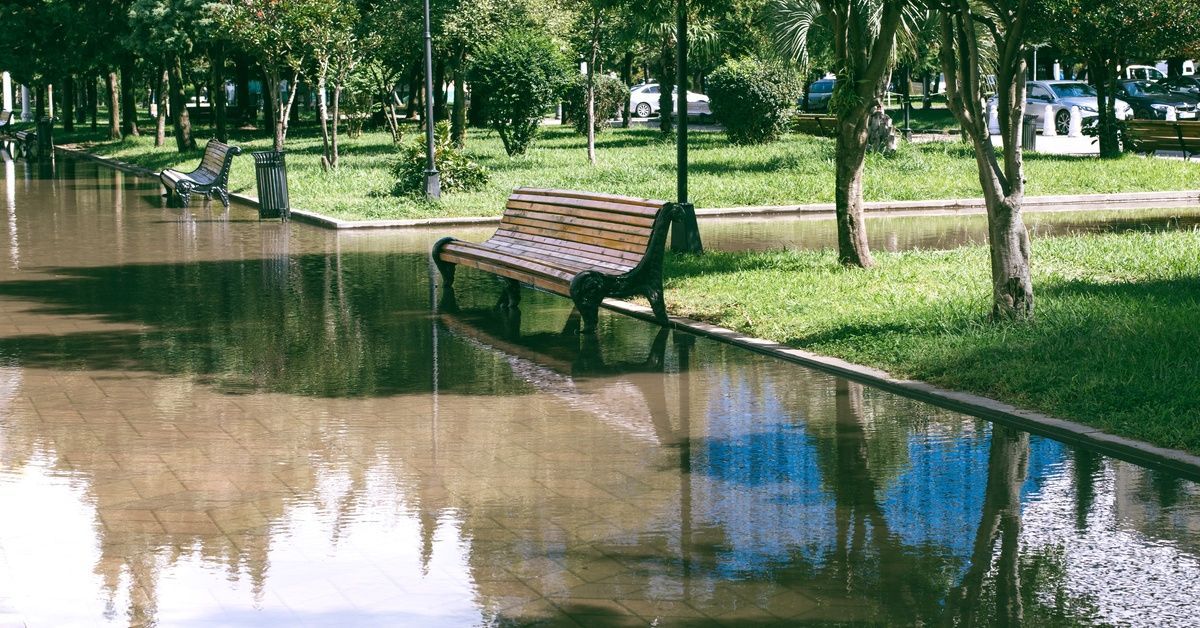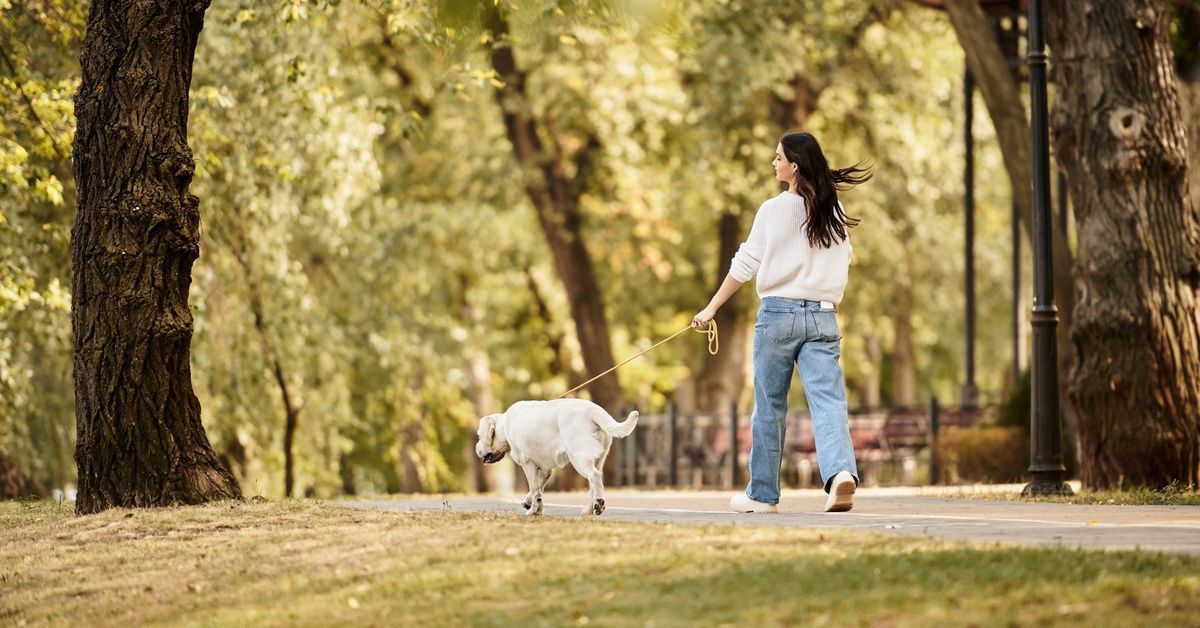Why Your City Should Use Permeable Paving for Tree Pits
Cities benefit from a touch of greenery to prevent them from becoming depressing concrete jungles. One of the most common ways to do this is planting trees along sidewalks to provide shade and a greater aesthetic appeal. The challenge, however, is making sure the trees thrive in an urban setting. Here’s why your city should use permeable paving for tree pits.
Better Than Grates
Currently, the most common method of protecting tree pits is with metal grates that sit atop the soil. The problem with these grates, however, is that they rust, decay, and can get clogged with debris, preventing water from reaching the soil and nourishing the tree. Permeable paving looks a lot more natural and allows water to easily slip in between the paving and percolate into the soil. This prevents flooding that could carry the soil away or turn tree pits into mud pits.
Easy Maintenance
Another reason why your city should use permeable paving for tree pits is that maintenance is easier and more efficient. This is especially important when you need to maintain all the tree pits in an entire city. With permeable paving, you need only refill the tree pits as needed. Grates and other methods of managing tree pits are more labor-intensive because they need to be cleared of debris, repaired when damaged, and eventually replaced.
Resilient and Durable
You’ll find that heavy-duty permeable paving requires far less maintenance and effort. Permeable paving can be applied to protect the soil without worry that it will degrade over time. In fact, permeable paving is an excellent solution for dealing with erosion. Because water can so easily slip through the paving material and percolate into the soil, you don’t have to worry about the material degrading and wearing away.
Space Utilization
Permeable paving materials can fill out tree pits of any shape or size. This ensures you’re always utilizing the space as best as possible. While a uniform shape and size may be desirable in your city’s tree pits, it’s not always practical. Permeable paving gives you the flexibility you need to ensure a tree is well protected regardless of its location or the pit it’s been planted in.
